Unearthing a Scythian Tomb
(Enlarge to view captions)

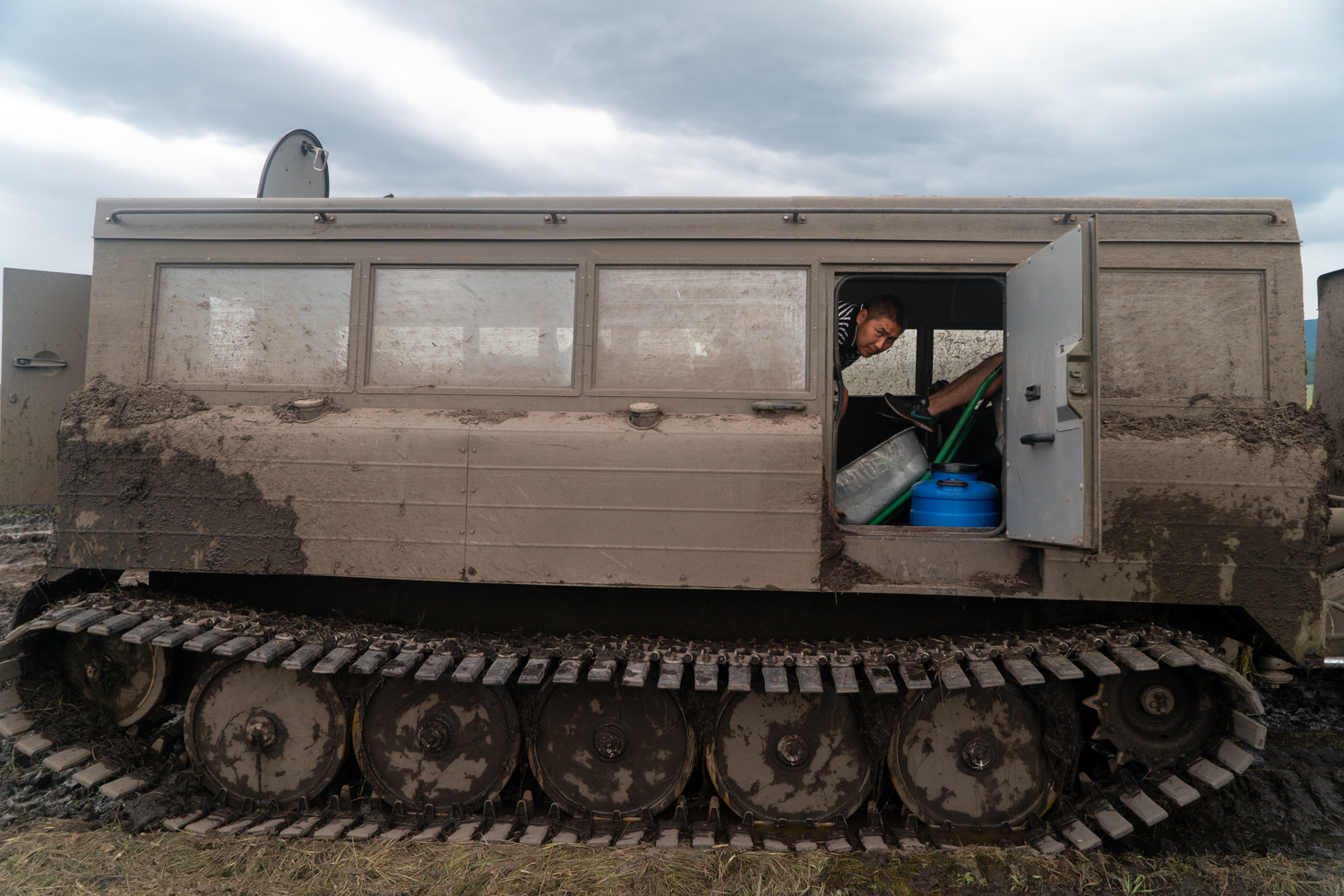

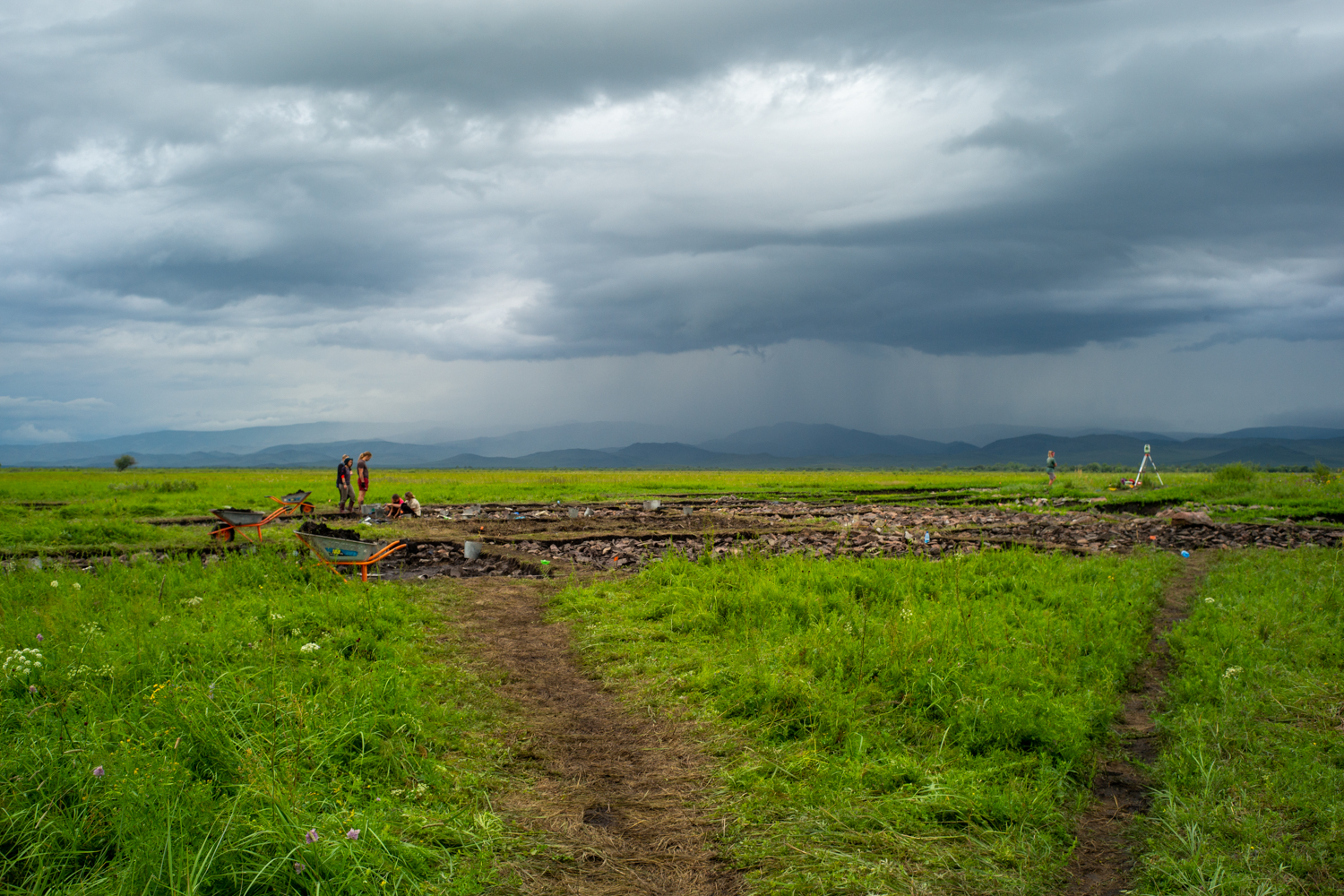
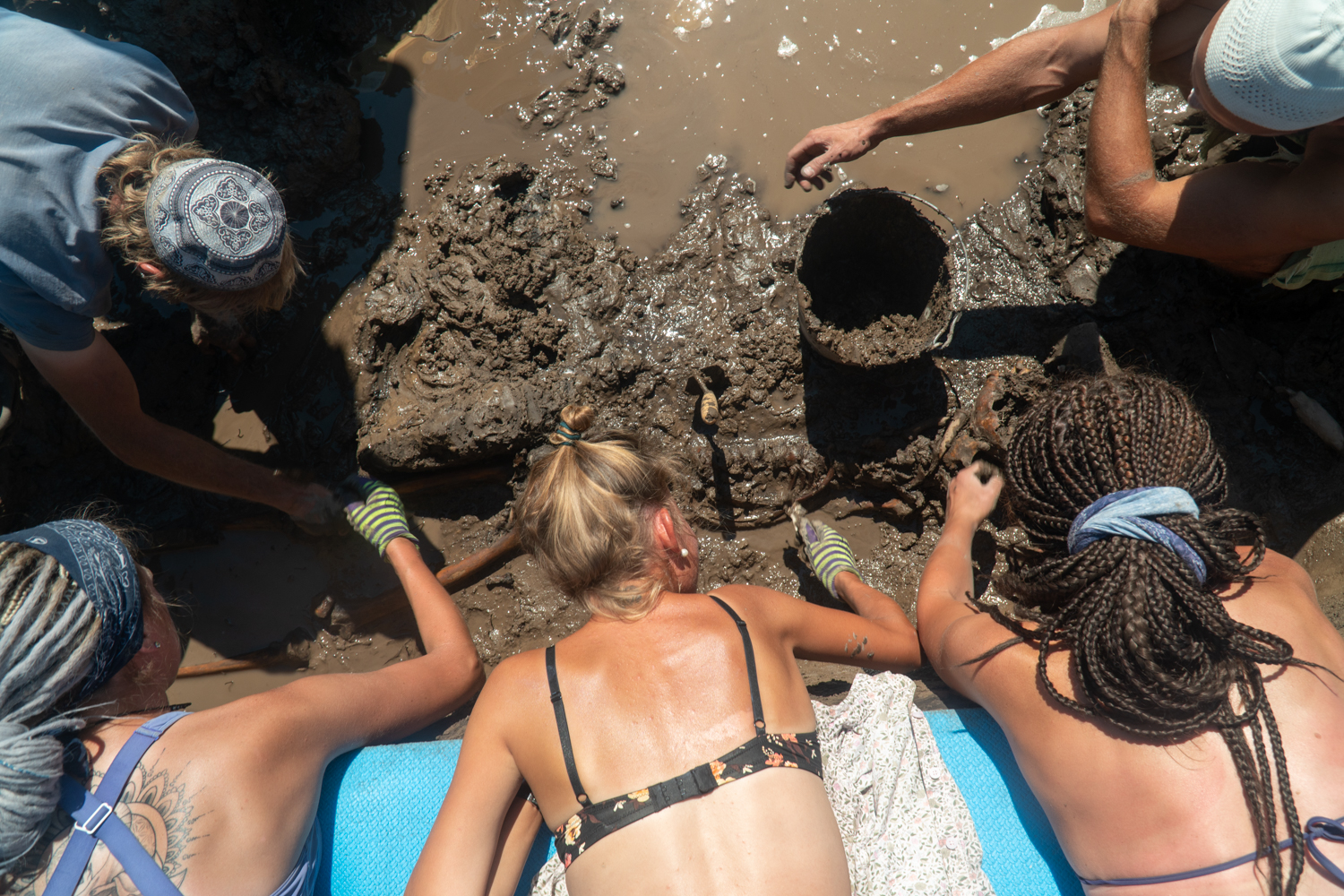


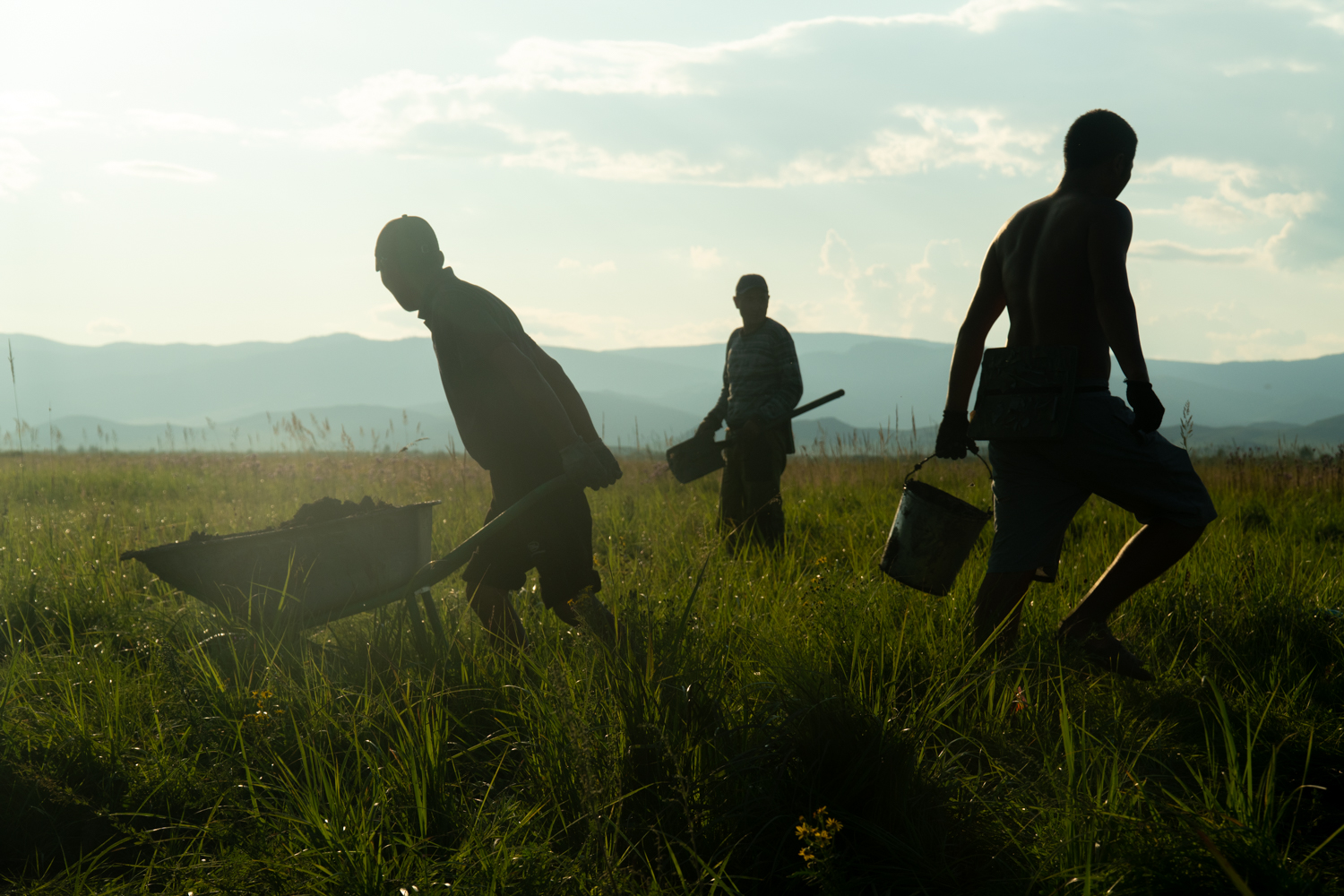
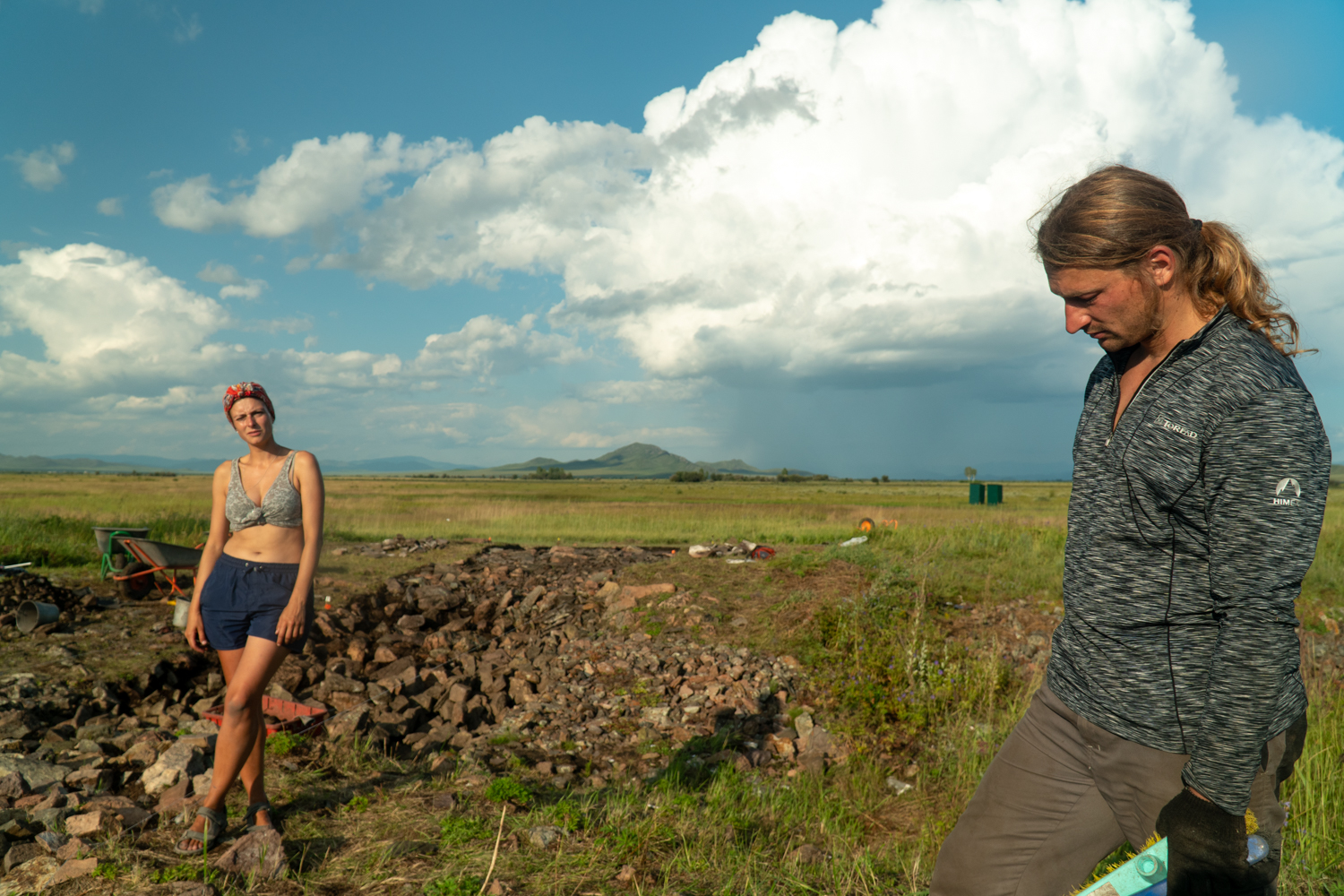
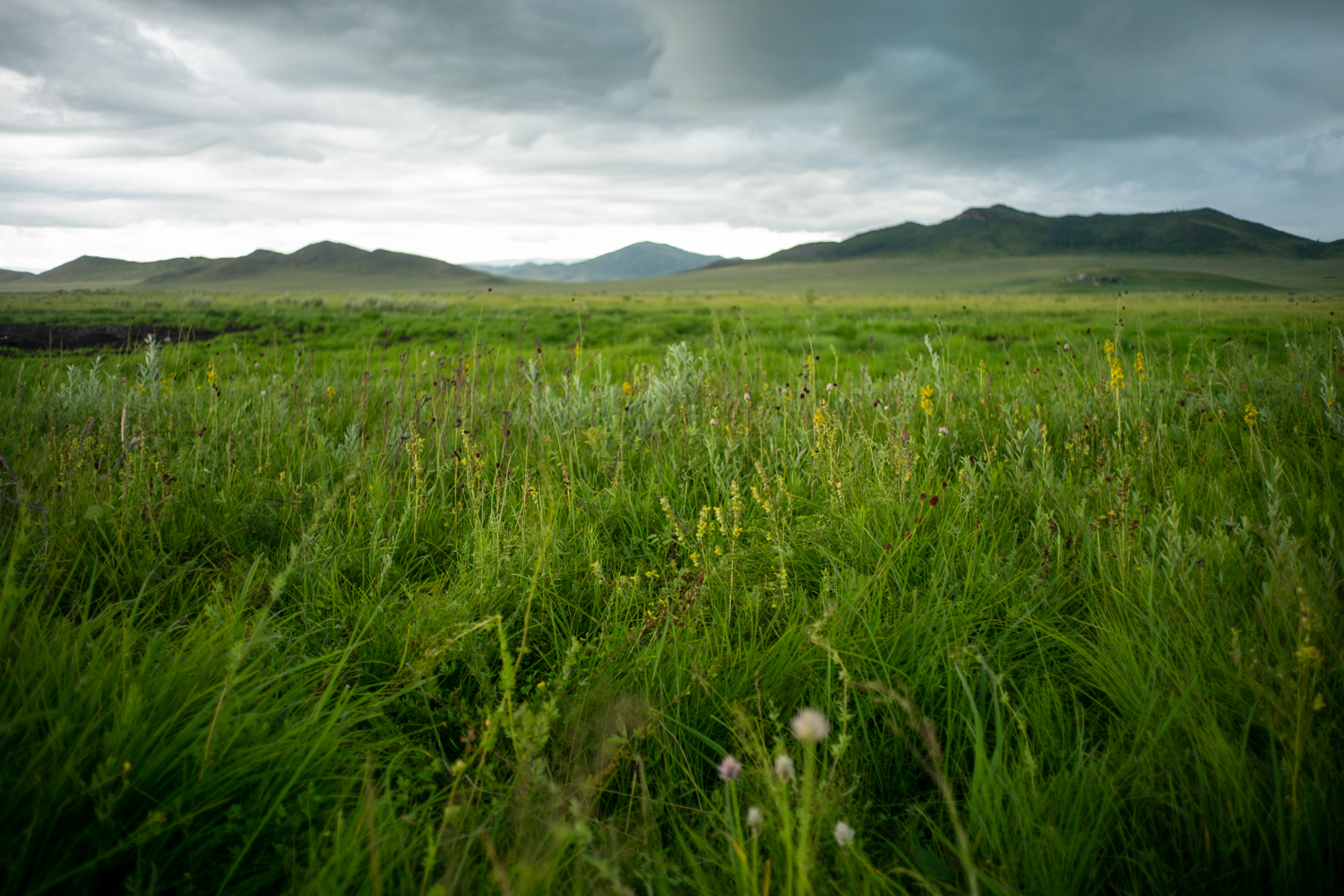
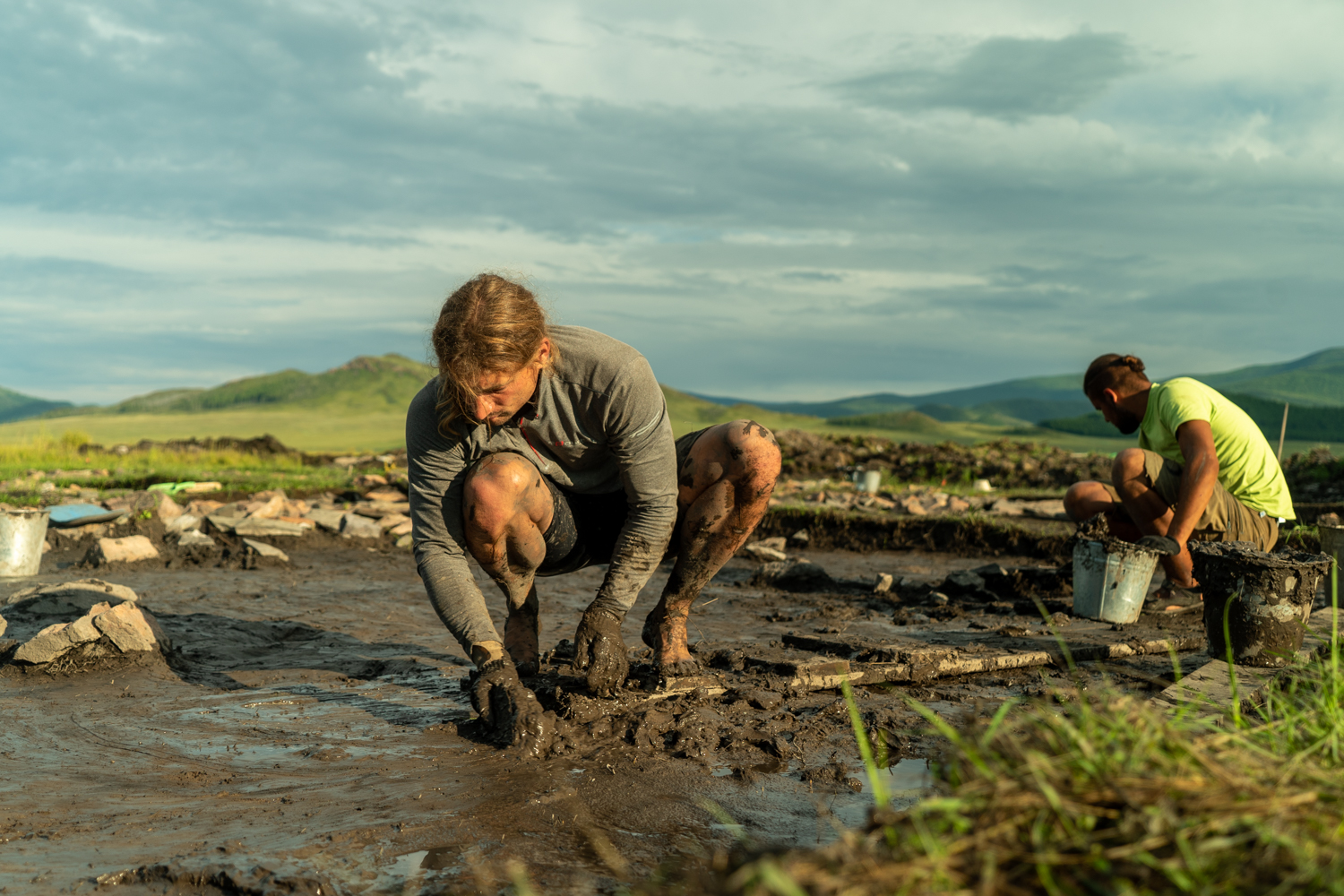
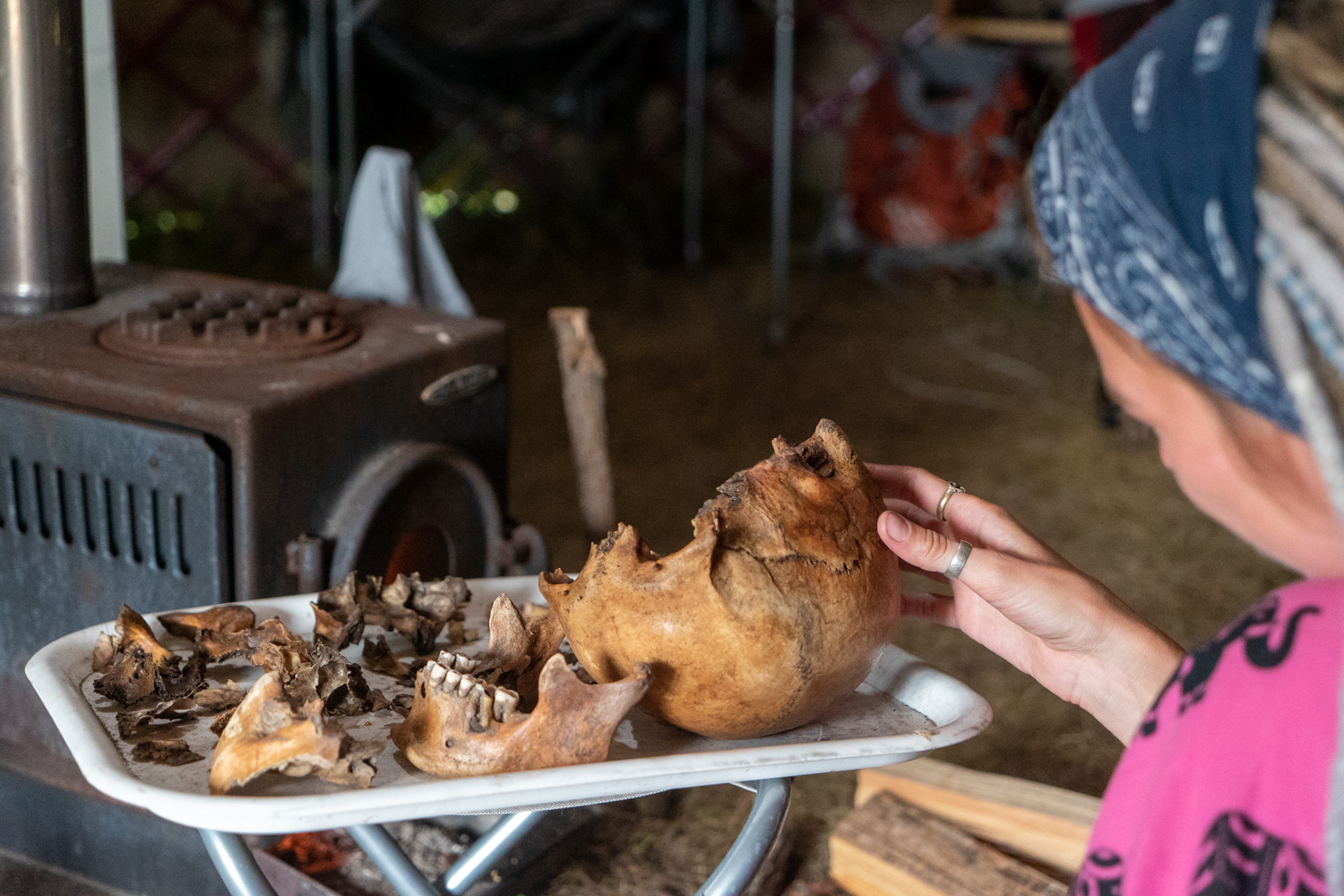

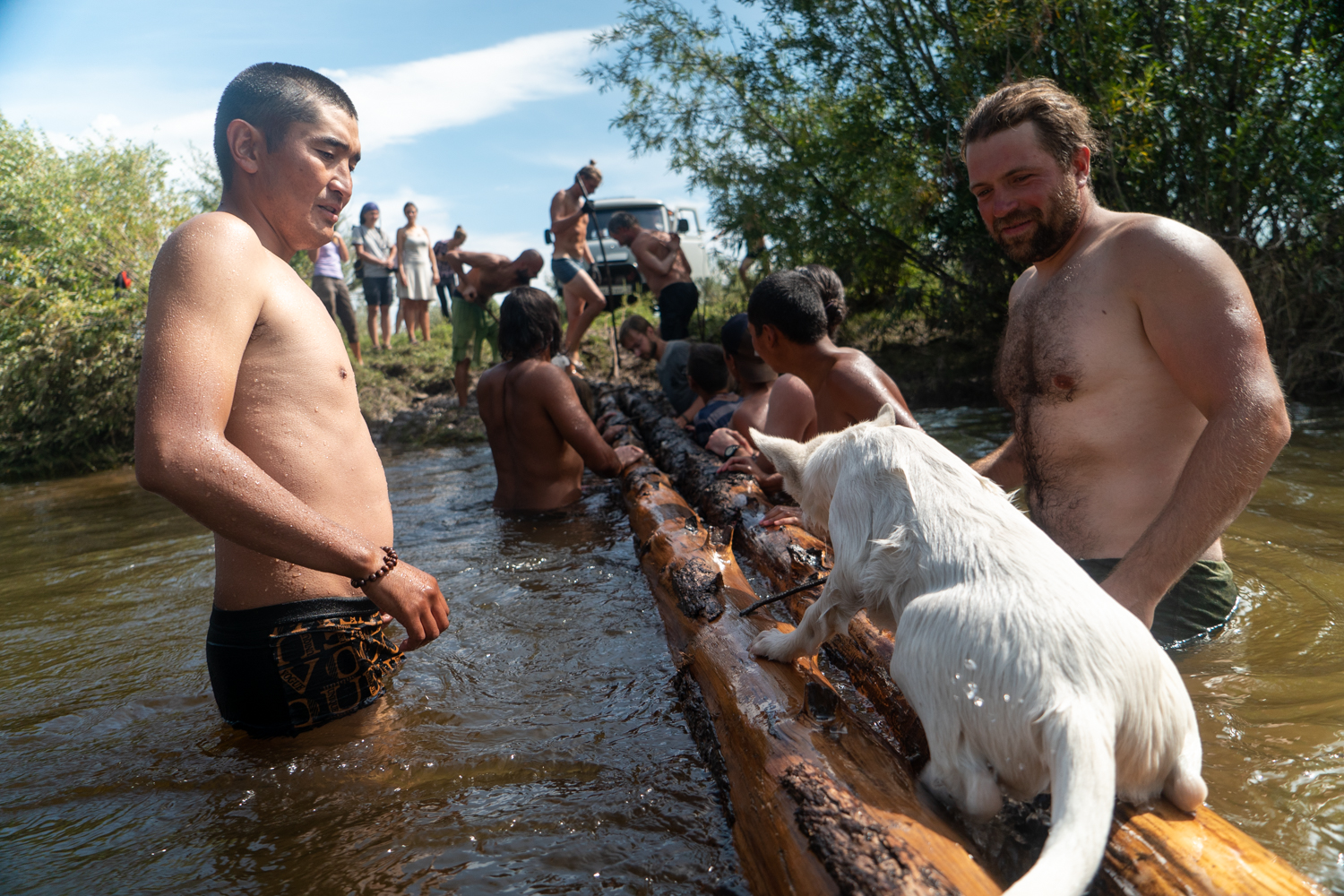
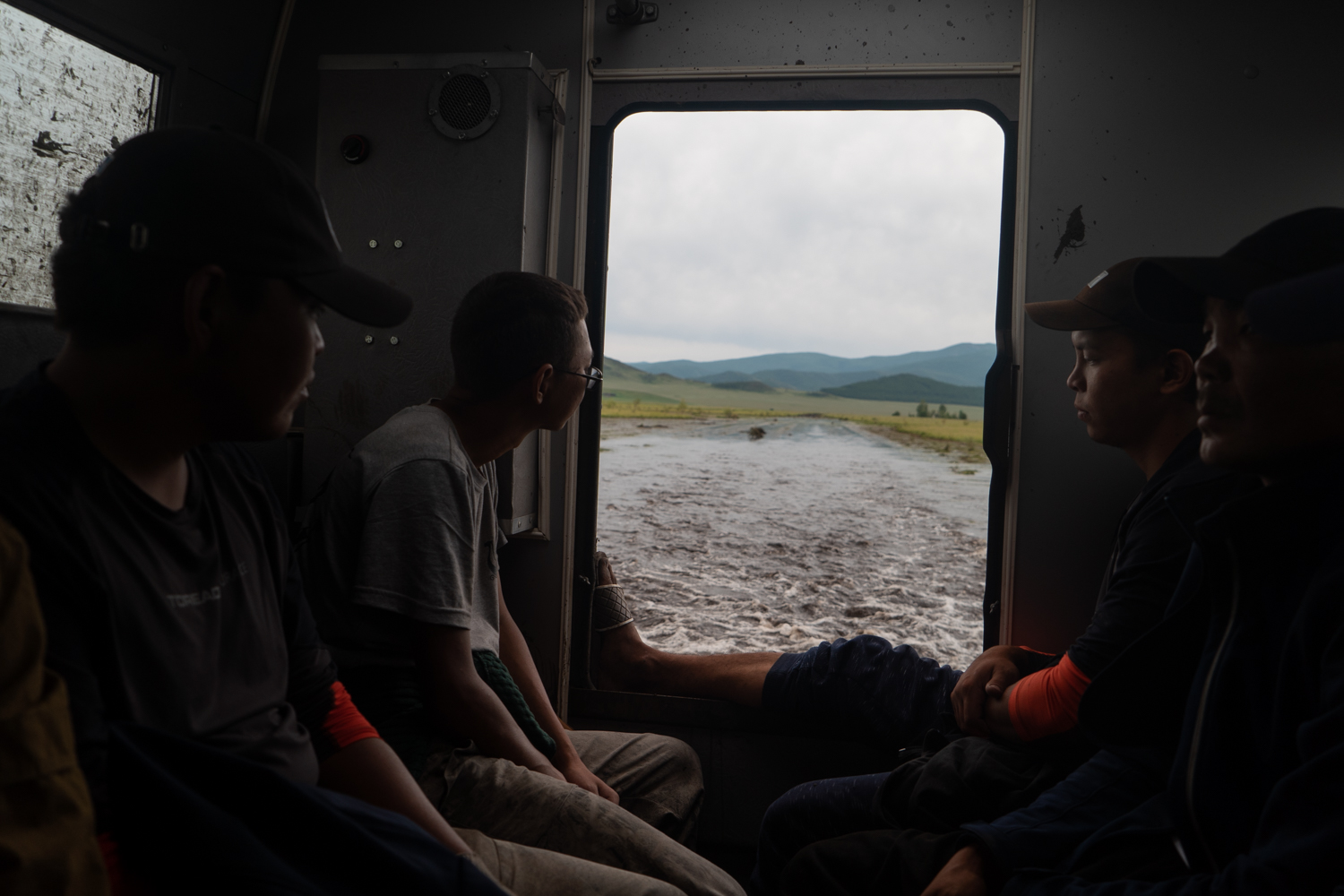
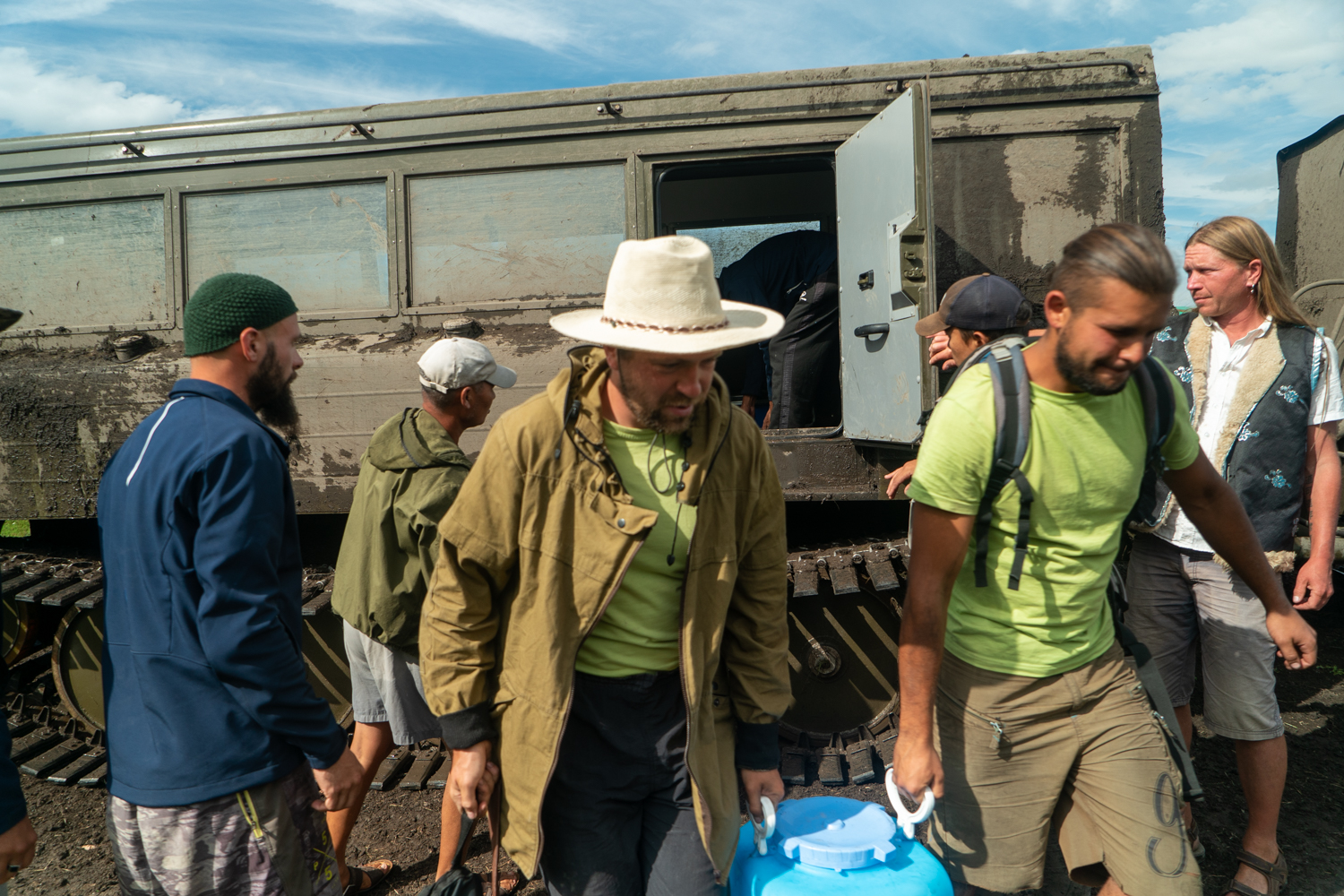



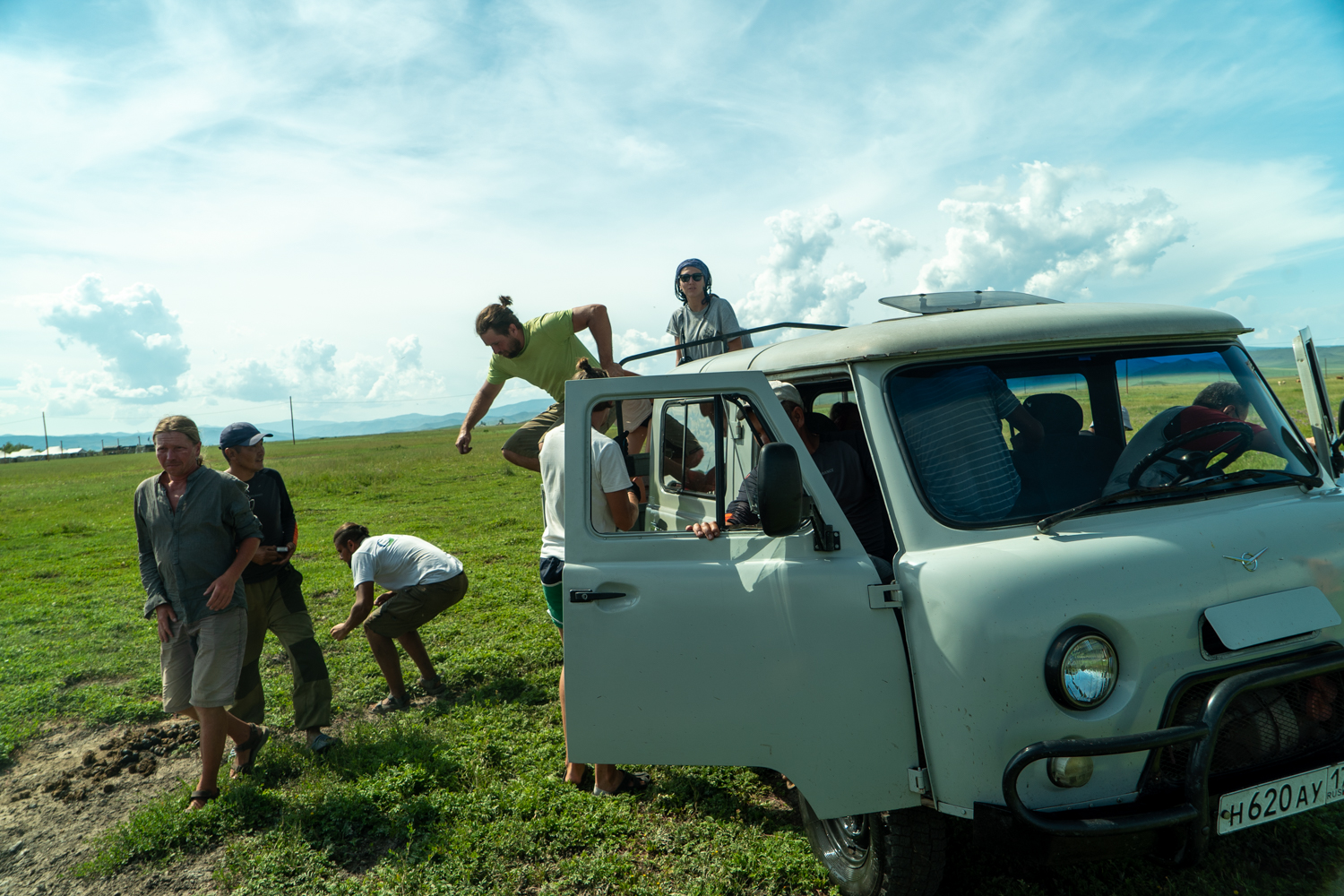
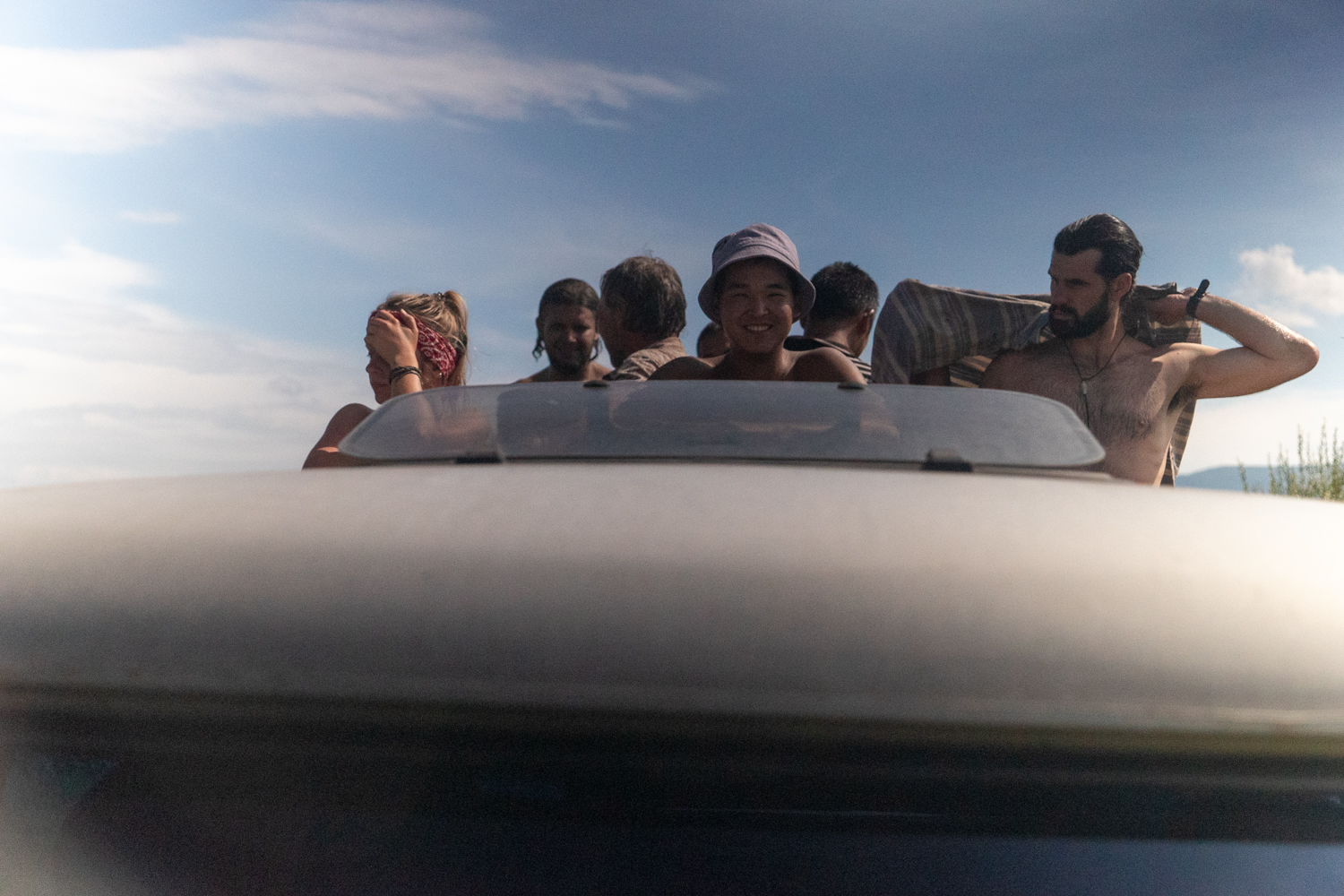

In 2018, I spent three weeks in the “Valley of the Tsars” in the Tuva Republic, a region of southern Siberia, camping with several dozen Russian archaeologists, anthropologists, and volunteers. Each day we boarded a Soviet tank crawler that brought us from our makeshift camp, through a deep, mosquito-infested swamp, to the site of an archaeological excavation. I served as both a volunteer—carrying rocks, shoveling mud—and photographer. The following photos document the excavation during the summer months. They are intended as stills to accompany the forthcoming docu-series by filmmakers Trevor Wallace and Gino Caspari, titled Frozen Corpses, Golden Treasure. (Gino is also the lead archaeologist and discoverer of the site.)
The team was excavating an ancient Scythian burial mound, or “kurgan.” The Scythians were a nomadic culture that thrived on the Eurasian steppe from roughly 900 to 300 BCE. They produced astoundingly meticulous goldwork and weaponry, and were known for their ferocity as horselord warriors. (The fictional “Dothraki” people from Game of Thrones are loosely based on the Scythians.)
The kurgan, named “Tunnug,” is the largest and oldest discovered Scythian site, and its excavation is of particular scientific urgency, due to the twin threats of climate change and rampant looting.
The warming climate is melting the once-ubiquitous permafrost, thawing organic materials (including ice mummies) that can provide invaluable insight into the Scythian culture. Furthermore, looters—in search of gold—destroy the sites, and with them, the knowledge of the culture that produced them. It’s estimated that 95% of Scythian kurgans have been looted.
With so-called “material cultures” like the Scythians, who had no written language as far as we know, the in situ documentation of skeletons, mummies, and artifacts, using careful archaeological methodology—including drone photography to record the various strata and construct 3D models—is imperative to glean accurate knowledge about their culture.
Excavating in a swamp is a more grueling task than in an arid region. Archaeology is a process of uncovering and documenting layers. For our team this entailed, rather than brushing rocks, a good deal of shoveling, scraping, and transporting mud.
The weather in the valley is notoriously volatile. When it wasn’t too wet, we were out at the site working. Sometimes we drove around on a UAZ 452 (a soviet vehicle that resembles a VW bus) to gather food and supplies from the nearest town, and just for joyrides. When it was raining hard, we took shelter in a yurt with a wood-burning stove.
Due to the difficult conditions for excavation, the massive size of the tomb, precarious funding from the Russian government, and the narrow weather window—excavation is only possible June through October, to avoid the freezing Siberian winter—a good deal of work still remains. It will be at least several more years before the central chamber, and all the artifacts, human remains, and cultural knowledge contained therein, will be uncovered.











